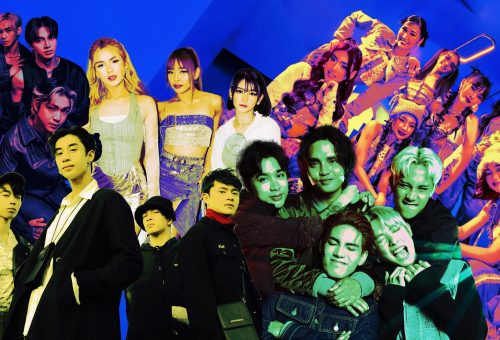In the realm of entertainment, particularly in film and television, terms like “remake,” “revival,” “reboot,” and “sequel” are often used, but they each represent distinct concepts. Understanding these differences can provide clarity when discussing various projects and their place within the broader landscape of media production.
- Remake: A remake refers to a new version of a previously released film or TV show that closely follows the original’s storyline, characters, and overall concept. However, remakes are typically updated with modern filmmaking techniques, special effects, and often feature a new cast. The goal is to reintroduce the story to a new audience or breathe new life into a beloved classic for existing fans.
- Revival: A revival involves bringing back a dormant or concluded TV series with the original cast reprising their roles. Unlike a reboot, which starts fresh with new actors and potentially a different storyline, a revival continues the original narrative, often picking up where the series left off or exploring new developments in the characters’ lives after a significant time gap.
- Reboot: A reboot is a complete reimagining of a franchise or series, typically with a new cast, updated storyline, and modernized elements. While certain core elements of the original may be retained, reboots often deviate significantly from the source material, offering a fresh take on familiar concepts. The aim is to introduce the property to a new audience while also appealing to existing fans.
- Sequel: A sequel is a continuation or follow-up to a previously released film or TV show, featuring the same characters and often building upon the events of the original. Sequels expand on the established universe, introducing new conflicts, characters, and plotlines while maintaining continuity with the preceding installment(s).
In summary, while these terms may sometimes be used interchangeably, they each represent distinct approaches to revisiting or extending existing intellectual properties. Whether it’s through faithful retellings, reimaginings, or continuations, these creative endeavors offer audiences new experiences while paying homage to the stories and characters that have captured our imaginations for generations.










